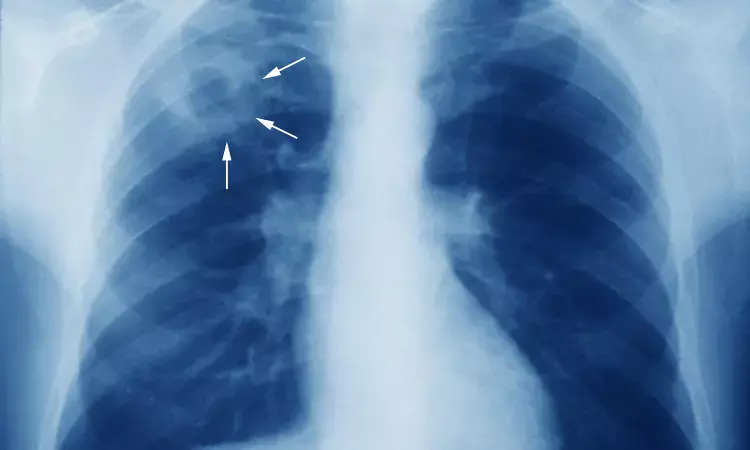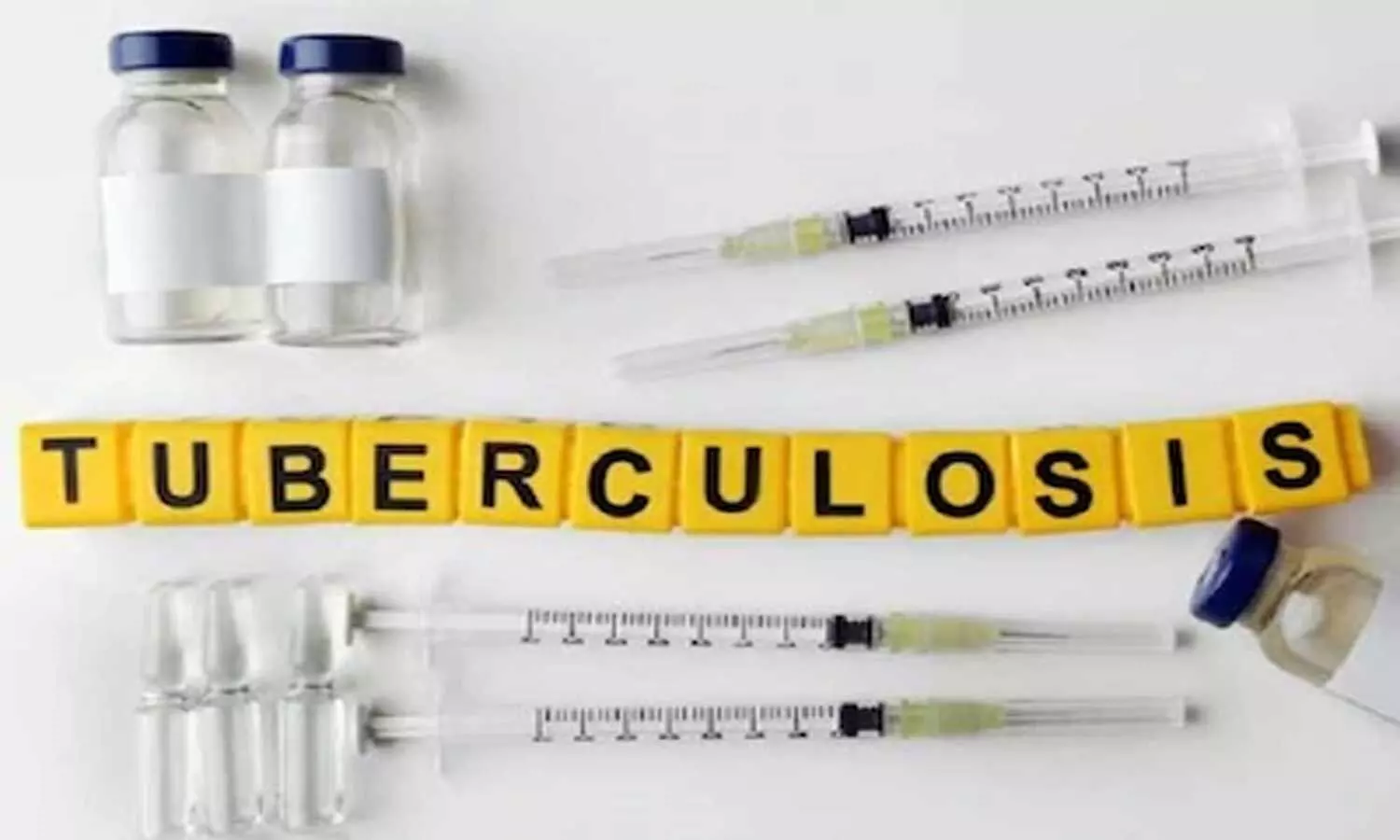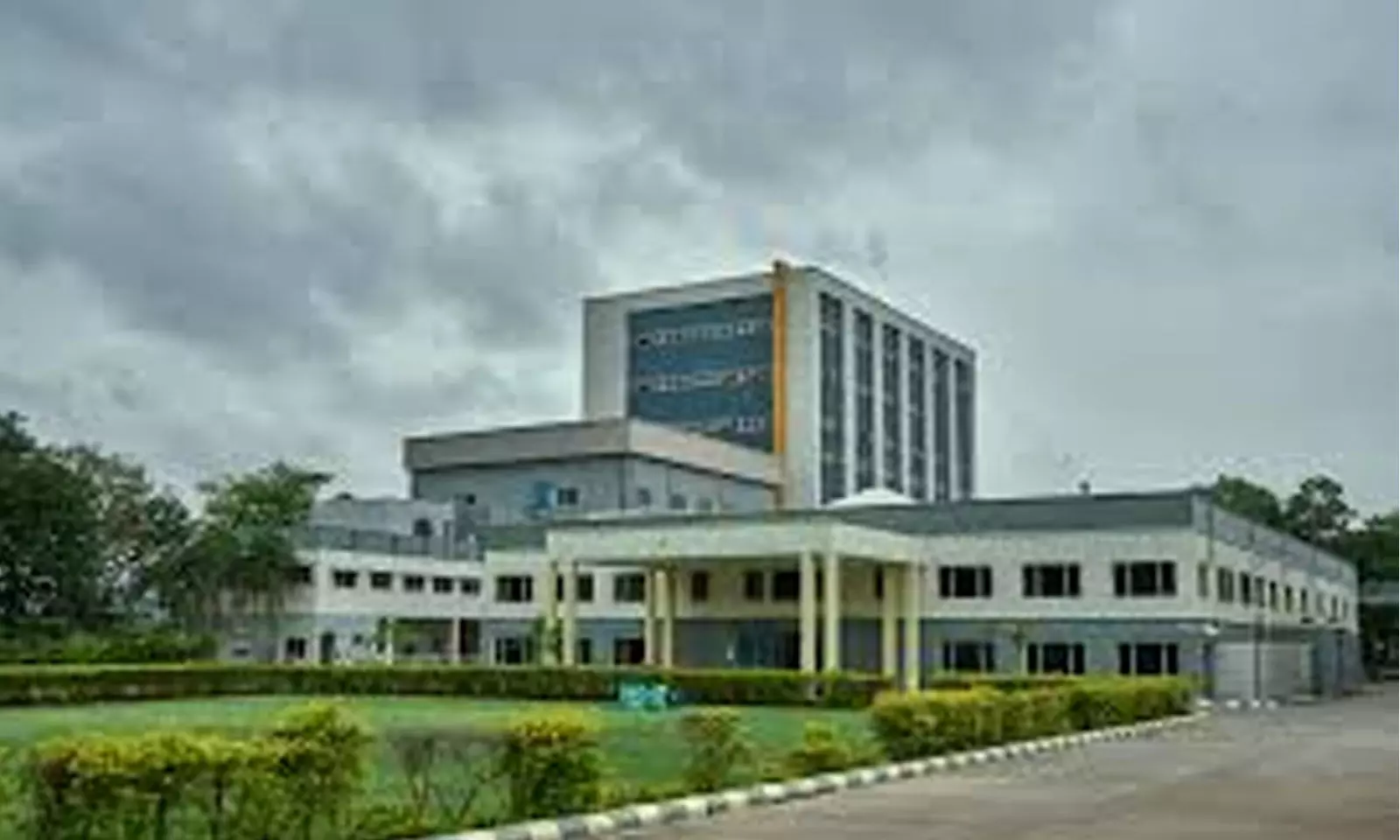- Home
- Medical news & Guidelines
- Anesthesiology
- Cardiology and CTVS
- Critical Care
- Dentistry
- Dermatology
- Diabetes and Endocrinology
- ENT
- Gastroenterology
- Medicine
- Nephrology
- Neurology
- Obstretics-Gynaecology
- Oncology
- Ophthalmology
- Orthopaedics
- Pediatrics-Neonatology
- Psychiatry
- Pulmonology
- Radiology
- Surgery
- Urology
- Laboratory Medicine
- Diet
- Nursing
- Paramedical
- Physiotherapy
- Health news
- Fact Check
- Bone Health Fact Check
- Brain Health Fact Check
- Cancer Related Fact Check
- Child Care Fact Check
- Dental and oral health fact check
- Diabetes and metabolic health fact check
- Diet and Nutrition Fact Check
- Eye and ENT Care Fact Check
- Fitness fact check
- Gut health fact check
- Heart health fact check
- Kidney health fact check
- Medical education fact check
- Men's health fact check
- Respiratory fact check
- Skin and hair care fact check
- Vaccine and Immunization fact check
- Women's health fact check
- AYUSH
- State News
- Andaman and Nicobar Islands
- Andhra Pradesh
- Arunachal Pradesh
- Assam
- Bihar
- Chandigarh
- Chattisgarh
- Dadra and Nagar Haveli
- Daman and Diu
- Delhi
- Goa
- Gujarat
- Haryana
- Himachal Pradesh
- Jammu & Kashmir
- Jharkhand
- Karnataka
- Kerala
- Ladakh
- Lakshadweep
- Madhya Pradesh
- Maharashtra
- Manipur
- Meghalaya
- Mizoram
- Nagaland
- Odisha
- Puducherry
- Punjab
- Rajasthan
- Sikkim
- Tamil Nadu
- Telangana
- Tripura
- Uttar Pradesh
- Uttrakhand
- West Bengal
- Medical Education
- Industry
WHO releases new guidelines management of TB in kids: Check out recommendations summary

Incorporating new evidence on the treatment of Tuberculosis(TB), World Health Organisation (WHO) releases updated guidance on the management of TB in children(under 10 years of age) and adolescents(10–19 years of age) that also revolves around patient-centered recommendations for diagnosis, treatment, and prevention.
TB remains one of the world's deadliest infectious killers. Each day, over 4100 people lose their lives to TB, and close to 30, 000 people fall ill with this preventable and curable disease. The situation is even worse for children and adolescents with TB. In 2020, an estimated 63 % of children and young adolescents below 15 years with TB were not reached with or not officially reported to have accessed life-saving TB diagnosis and treatment services; the proportion was even higher - 72% - for children under 5 years.
"Children and adolescents with TB are lagging behind adults in access to TB prevention and care", said Dr. Tereza Kasaeva, Director of WHO's Global TB Programme.
The recent recommendations include:
- In children with signs and symptoms of pulmonary TB, Xpert Ultra should be used as the initial diagnostic test for TB and detection of rifampicin resistance on sputum, nasopharyngeal aspirate, gastric aspirate or stool, rather than smear microscopy/culture and phenotypic drug susceptibility testing (DST).
- In children with presumptive pulmonary TB attending health care facilities, integrated treatment decision algorithms may be used to diagnose pulmonary TB.
- In children and adolescents between 3 months and 16 years of age with non-severe TB (without suspicion or evidence of multidrug- or rifampicin-resistant TB (MDR/RR-TB), a 4-month treatment regimen (2HRZ(E)/2HR) should be used.
- In children with MDR/RR-TB aged below 6 years, an all-oral treatment regimen containing bedaquiline may be used.
- In children with MDR/RR-TB aged below 3 years delamanid may be used as part of longer regimens.
- In children and adolescents with bacteriologically confirmed or clinically diagnosed TB meningitis (without suspicion or evidence of MDR/RR-TB), a 6-month intensive regimen (6HRZEto) may be used as an alternative option to the 12-month regimen (2HRZE/10HR).
- In high TB burden settings, decentralized TB services may be used in children and adolescents with signs and symptoms of TB and/or in those exposed to TB.
- Family-centred, integrated services in addition to standard TB services may be used in children and adolescents with signs and symptoms of TB and/or those exposed to TB.
Reference:
2. WHO consolidated guidelines on tuberculosis Module 5: Management of tuberculosis in children and adolescents. World Health Organization March 2022.
MBBS
She is passionate about writing and loves to read, analyses and write informative medical content for readers. She can be contacted at editorial@medicaldialogues.in. Contact no. 011-43720751
Dr Kamal Kant Kohli-MBBS, DTCD- a chest specialist with more than 30 years of practice and a flair for writing clinical articles, Dr Kamal Kant Kohli joined Medical Dialogues as a Chief Editor of Medical News. Besides writing articles, as an editor, he proofreads and verifies all the medical content published on Medical Dialogues including those coming from journals, studies,medical conferences,guidelines etc. Email: drkohli@medicaldialogues.in. Contact no. 011-43720751




